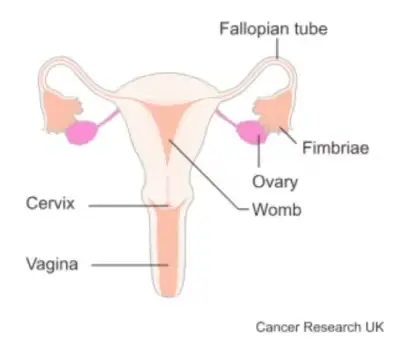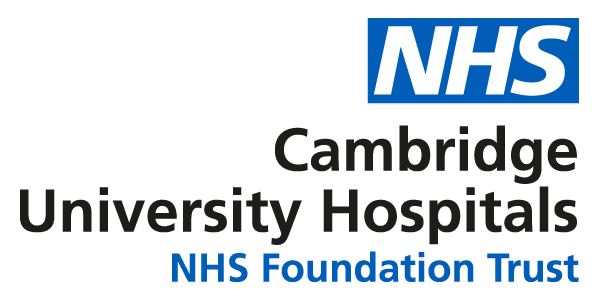Fallopian tube cancer starts when abnormal cells in the fallopian tube begin to grow and divide in an uncontrolled way, eventually forming a growth (tumour).
The fallopian tubes are 2 fine tubes that connect the ovaries to the womb (uterus). The cancer usually starts at the very end of the fallopian tube where it joins the ovary. This part is called the fimbriae.

The symptoms of fallopian tube cancer can be very unclear and difficult to spot.
Common symptoms of fallopian tube cancer include:
- swollen or painful tummy
- feeling bloated
- pain in the back
- constipation or diarrhoea
- loss of appetite
- urinary changes
The most common cancer to start in the fallopian tube is called epithelial cancer. Epithelial cancer is then further categorised into several sub-types, based on the type and characteristics of the cells involved. The main sub-types include high-grade serous, low-grade serous, mucinous, endometrioid, and clear cell cancers.
Treatment for fallopian tube cancer at CUH
The treatment you have depends on several factors, which include:
- the type and size of the cancer
- the stage of the cancer
- your general health
- whether you want to get pregnant in future
A team of specialists at CUH will meet to discuss your condition and to make a recommendation about the best possible treatment for you.
You, along with your clinician, will then discuss your treatment recommendations at the clinic appointment and decide on the right treatment plan for you. Your clinician will explain the different treatments and their side effects.
Fallopian tube cancer is treated in the same way as ovarian cancer. This is due to most ovarian cancers starting in the cells at the end of the fallopian tube.
The treatment for fallopian tube cancer can include:
- surgery
- chemotherapy
- targeted therapy
- hormone therapy
- radiotherapy
- clinical trials
At times, you may require more than one treatment or a combination of different treatments to give the best chance of long-term cure and to help reduce the risk of the cancer coming back.

